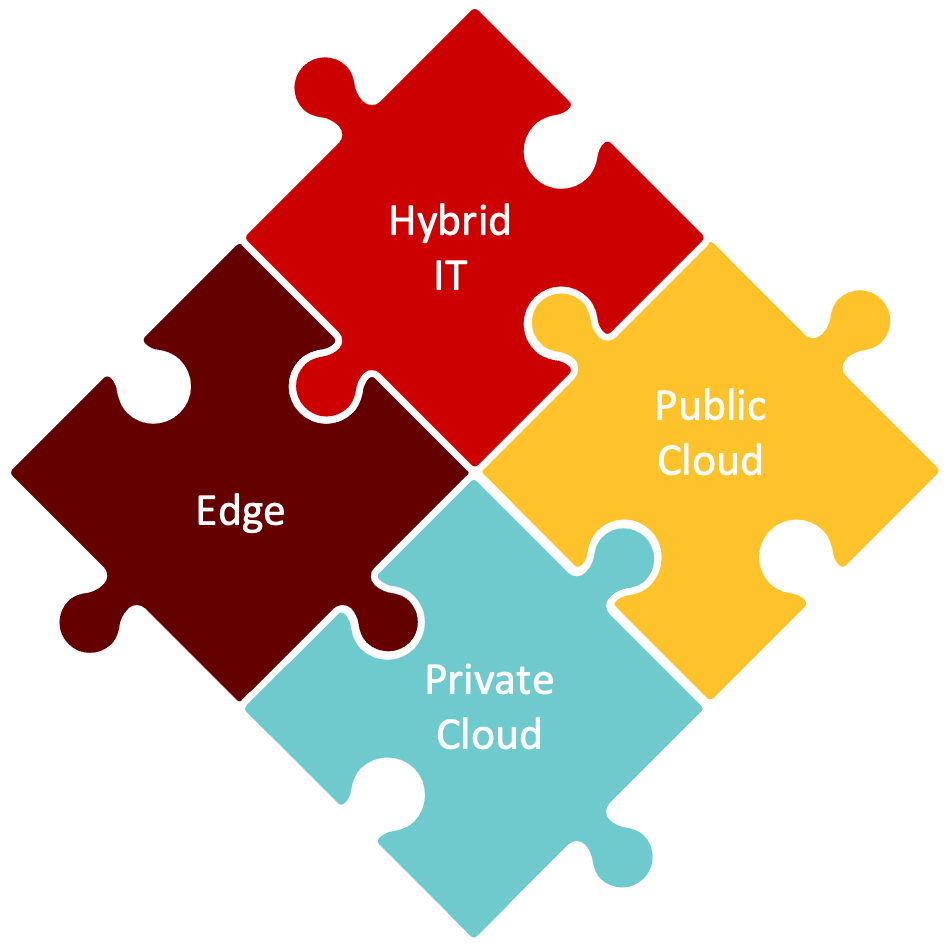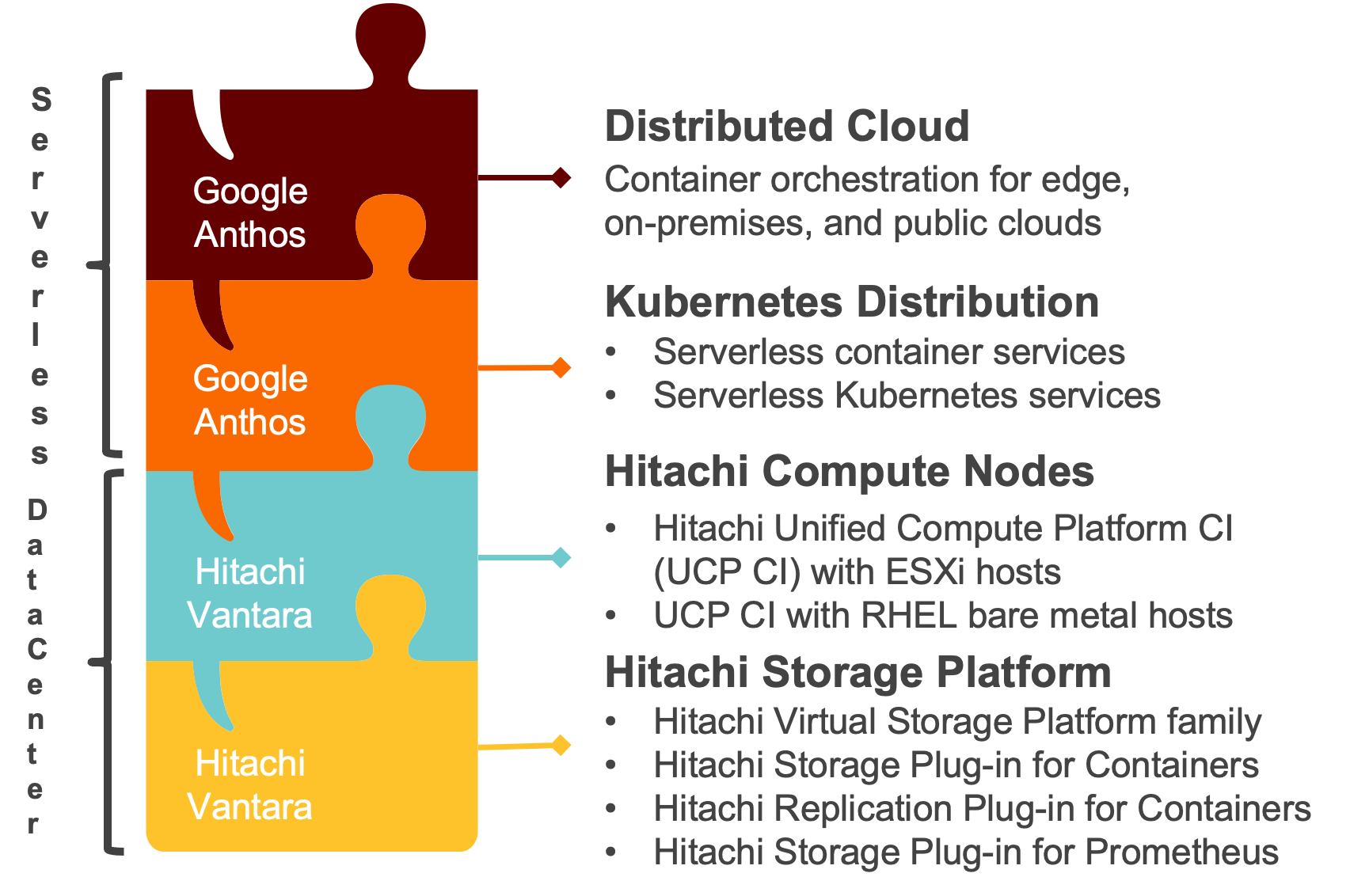Enterprise Hybrid-Cloud Stack: Consistent Kubernetes Experience Across Multicloud


Organizations today face challenges from rapidly changing markets, new technologies, and the need to build new modern apps running in a multicloud environment. For this reason, business leaders are demanding faster delivery of new applications, services, and insight, requiring greater agility and efficiency from IT. Enterprises, rightly so, are investing in modernizing their on-premises infrastructure with increased use of the cloud.
As enterprises move into a data-driven world it’s becoming more about hybrid IT, where you blend multiple clouds, data centers (core), or even edge services into a unified IT service offering. To ensure success, what’s increasingly important is how you build and operate your cloud strategy in the data center to control and navigate this new hybrid IT world.

This drives a new sense of urgency in development of cloud-native apps, application modernization, workload and data mobility, cloud migration, infrastructure orchestration and automation, and proven enterprise cloud storage.
In the new data-driven world, you must develop distributed applications to better understand how end users work with your product or service. At the same time, you must provide them with guidance and recommendations through the cloud. For this reason, the application architecture is changing from a monolith to a distributed architecture, now hosted on a hybrid-cloud stack in the data center, where you can spin up services as you need them. This can include containers, microservices, cloud storage designed for containers with high-performance, cloud-native application, and apps moved onto a multicloud environment to increase value.
From an organizational point of view, you get better collaboration between developers, operations, and security teams in an organization with this DevSecOps approach. Further, you own the application and run it on proven technology in the data center but with the option to move it anywhere you like.
Google Anthos is an open cloud management solution that enables users to easily manage and secure their workloads in complex multicloud and hybrid-cloud environments. Anthos is primarily focused on enabling containerized workloads running on top of Kubernetes. Implementing a hybrid-cloud stack with Google Anthos enables more efficiency with cross-cloud orchestration of serverless containers and microservices across Kubernetes clusters.
But a hybrid-cloud stack can be complicated to deploy because of the many factors associated with establishing a successful integration between on-premises and public cloud data centers. Tasks like establishing network and internet security, routing complex bidirectional traffic, and managing data access and provisioning requirements must all be considered while establishing the right skillsets in the organization.

Hitachi offers a hybrid-cloud stack using Google Anthos on Hitachi enterprise infrastructure. This simplifies the build and deployment of distributed apps and application modernization with containers at enterprise scale, reduces the costs associated with deployment, and decreases time spent learning new skills in the organization.
Yesterday’s data center can be reused for tomorrow’s requirements: As a validated Google Anthos ready storage partner, Hitachi Vantara optimizes the on-premises operating environment powered by Google Anthos with enterprise-class, flash storage performance and availability. Integration of Google Anthos on bare metal and Hitachi Virtual Storage Platform (VSP) series by using Container Storage Interface (CSI) empowers users with access to enterprise-class storage by simplifying the complexity of the underlying storage infrastructure.
Hitachi Storage Plug-in for Containers provides connectivity between Kubernetes containers and Hitachi’s VSP E series, VSP F series, and VSP G series enterprise-class hybrid and all-flash storage systems. With a CSI-compatible Storage Plug-in for Containers driver, your organization can deliver shared storage for containers that persist beyond the timeline of a single container host and take advantage of the scalability of enterprise-class, Hitachi flash storage systems.
Training of IT teams is always key: Without the right culture, processes and skillset, the cloud for the data-driven enterprise will likely not succeed. You need cloud and edge expertise in the organization and training for security teams. Consider starting with an infrastructure-out approach to hybrid cloud. This will help you to reduce the TCO and training of internal teams to the get the right edge and cloud capability. Furthermore, you get a cloud model, where you consume services rather than managing products.
Openness and ecosystem matter. A fast start is achieved by combining two technology companies, like Hitachi and Google. This perfect partnership has consistent Kubernetes experience that works in a hybrid cloud or multicloud environment, enabling you to manage your complex IT Infrastructure needs.
Read more about how Hitachi Storage Plug-in for Containers can help you to deliver shared storage for containers in our new technical white paper.
Be sure to check out Insights for perspectives on the data-driven world.
Tom Christensen is Global Technology Advisor and Executive Analyst at Hitachi Vantara.

Tom has +30 years' experience in data center modernization, from compute and data infrastructure to hybrid and multicloud, applications, DataOps and big data analytics. He writes extensively about technology and advocates for sustainability and social innovation.